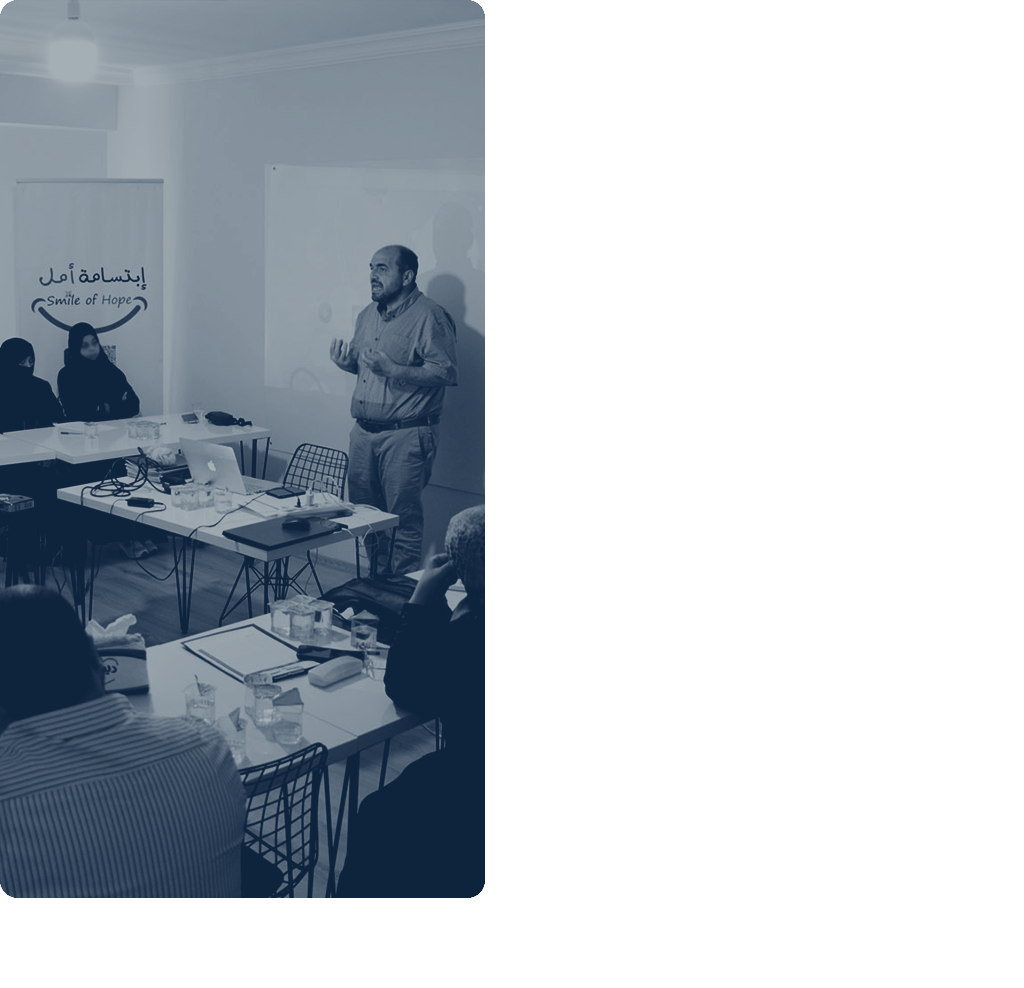

OverView
The Legal Documentation Program
The Legal Documentation Program was established in conjunction with the formation of the Association of Detainees and Missing Persons of Sednaya Prison at the beginning of 2017. The main idea behind establishing the program was to establish a legal documentation process for survivors and forcibly disappeared individuals to help uncover the truth and contribute to any justice process, in addition to revealing the fate of the forcibly disappeared. Since the association is a coalition of victims, survivors, and their families, it works to strengthen the connection and bond with them, organize and amplify their voices, and advocate for their rights. Therefore, it was necessary to rely on legal documentation as a starting point for meaningful communication with survivors, families of detainees, and forcibly disappeared individuals, not only for quantitative documentation but also to obtain qualitative data that forms the basis for the association’s narrative, shaping its discourse based on the experiences of victims, survivors, and families of forcibly disappeared individuals, leading to networking with them, supporting them, empowering them, and showing solidarity with them. This is all aimed at revealing the truth, holding the perpetrators accountable across Syrian territory, preventing their escape from punishment, repairing the damage to survivors, and commemorating the memory of the victims.
- Uncovering the truth and narrating the stories of Syrian prisons and detention centers.
- Revealing the fate of the forcibly disappeared.
- Supporting current paths and mechanisms of litigation and accountability and preventing the perpetrators from evading punishment.
- Struggling to achieve transitional justice and preparing for its requirements.
- Documenting the experiences of survivors of detention and forcibly disappeared individuals.
- Regular communication and follow-up with survivors and families of forcibly disappeared individuals.
- Collaboration and coordination with victims’ groups and the Syrian civil society in general, as well as international organizations.
- Awareness workshops for survivors and families of detainees and forcibly disappeared individuals.
- Contributing to the reports and briefings of the association and disseminating the stories of survivors.
- Internal and external referrals for survivors and their families.
- Reports, including:
- Detention in Sednaya.
- When Death Becomes a Wish: Narratives from Sednaya Prison during the Revolution.
- They Were There and They Never Returned: Forcibly Disappeared in Syrian Detention Centers.
- Fraud and Financial Extortion of Families of Detainees and Forcibly Disappeared Individuals: A Protection Guide.
- They Took Everything: Seizure of Property of Detainees and Forcibly Disappeared Individuals in Syria.
- The Administrative Structure of Sednaya Prison and its Organizational Relationships.
- Communication, documentation, and follow-up for approximately 1,810 forcibly disappeared individuals.
- Communication, documentation, and follow-up for approximately 1,790 survivors.
- Providing information about the fate of approximately 300 families of forcibly disappeared individuals.
- Conducting 11 awareness meetings with families of forcibly disappeared individuals and survivors.
- Writing 15 stories by survivors, recounting their detention journeys and capturing the moments of joy and pain they experienced during this journey.
- Working on communication and response with survivors and families of forcibly disappeared individuals during crises, reaching out to approximately 675 cases.
- Internal referrals between the Documentation Program, the Harm Compensation Program, and the Family Center for the majority of the documented cases from survivors and families.
- External referrals by the association, through the Documentation Program and its partners, for a number of documented cases from survivors and families.

